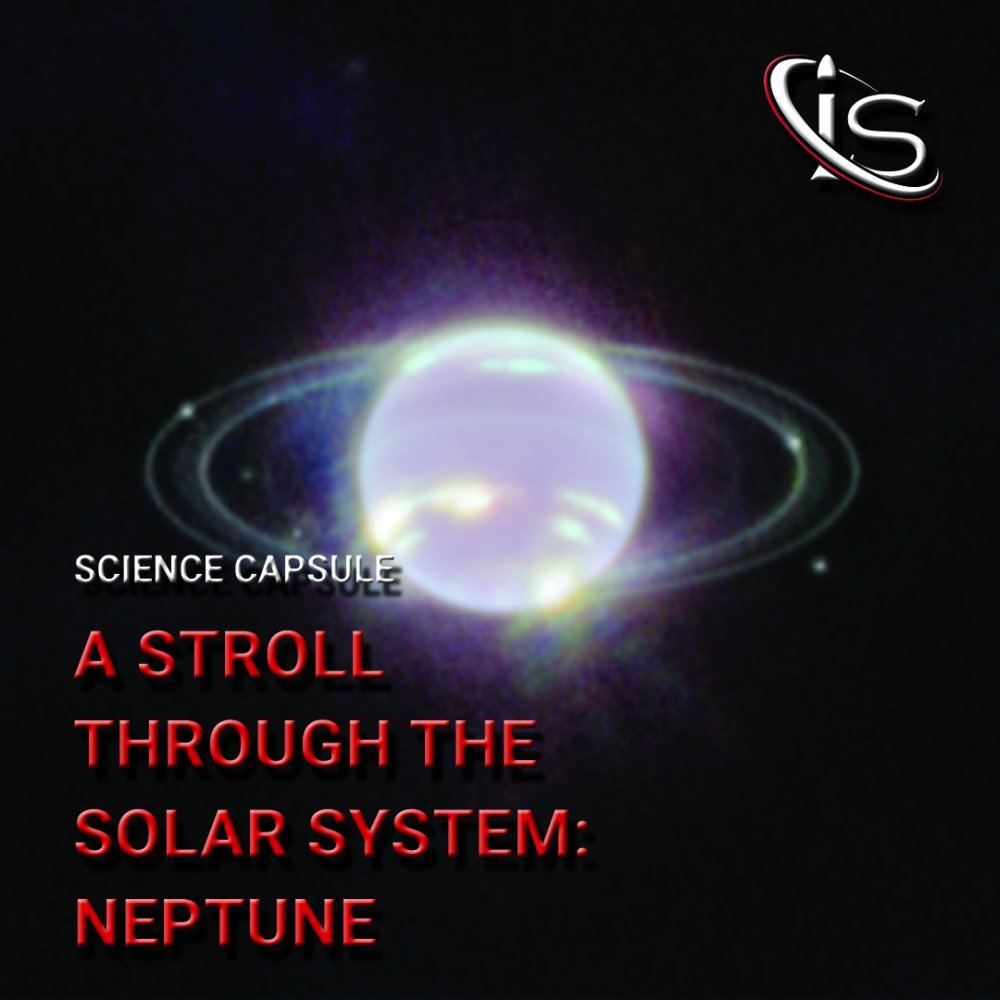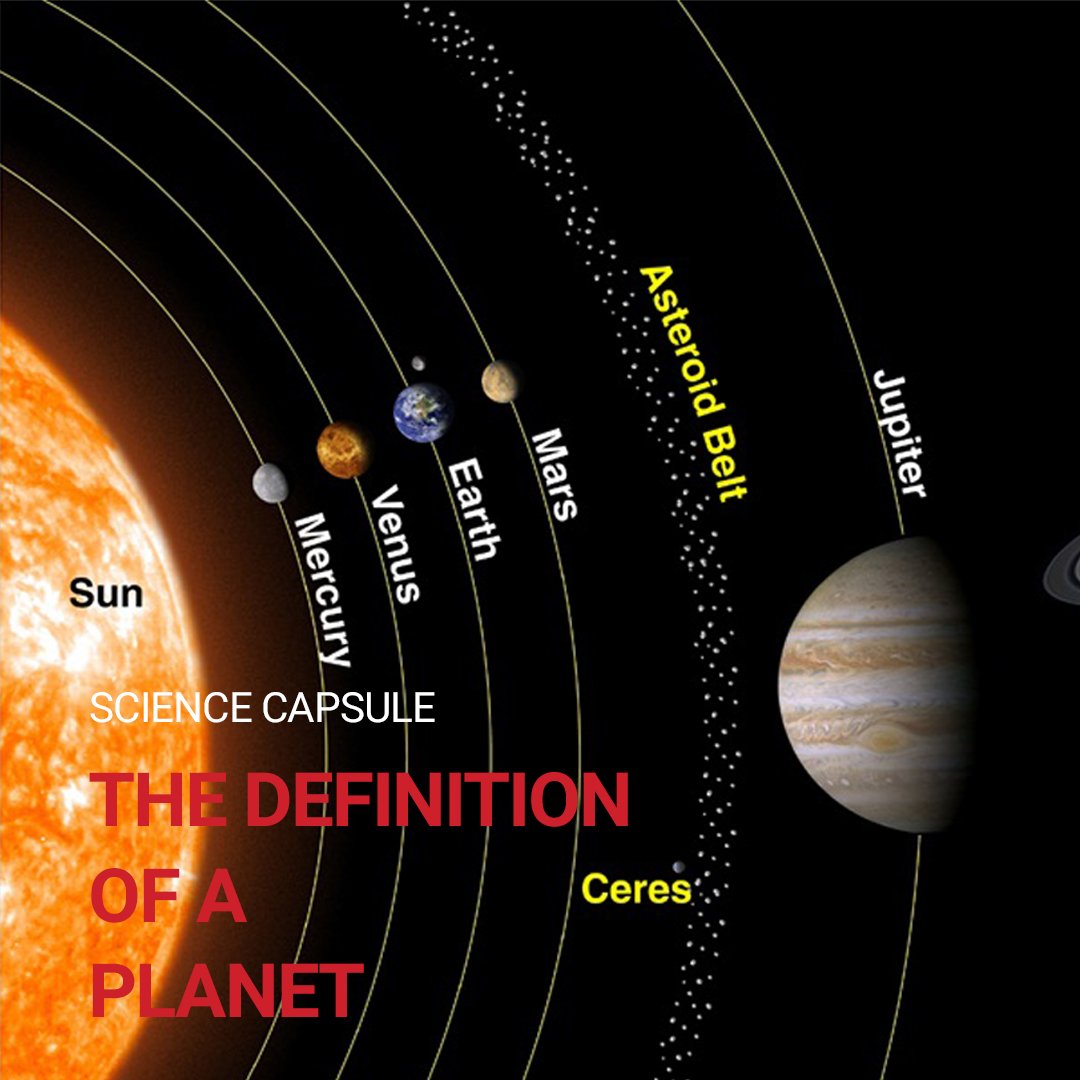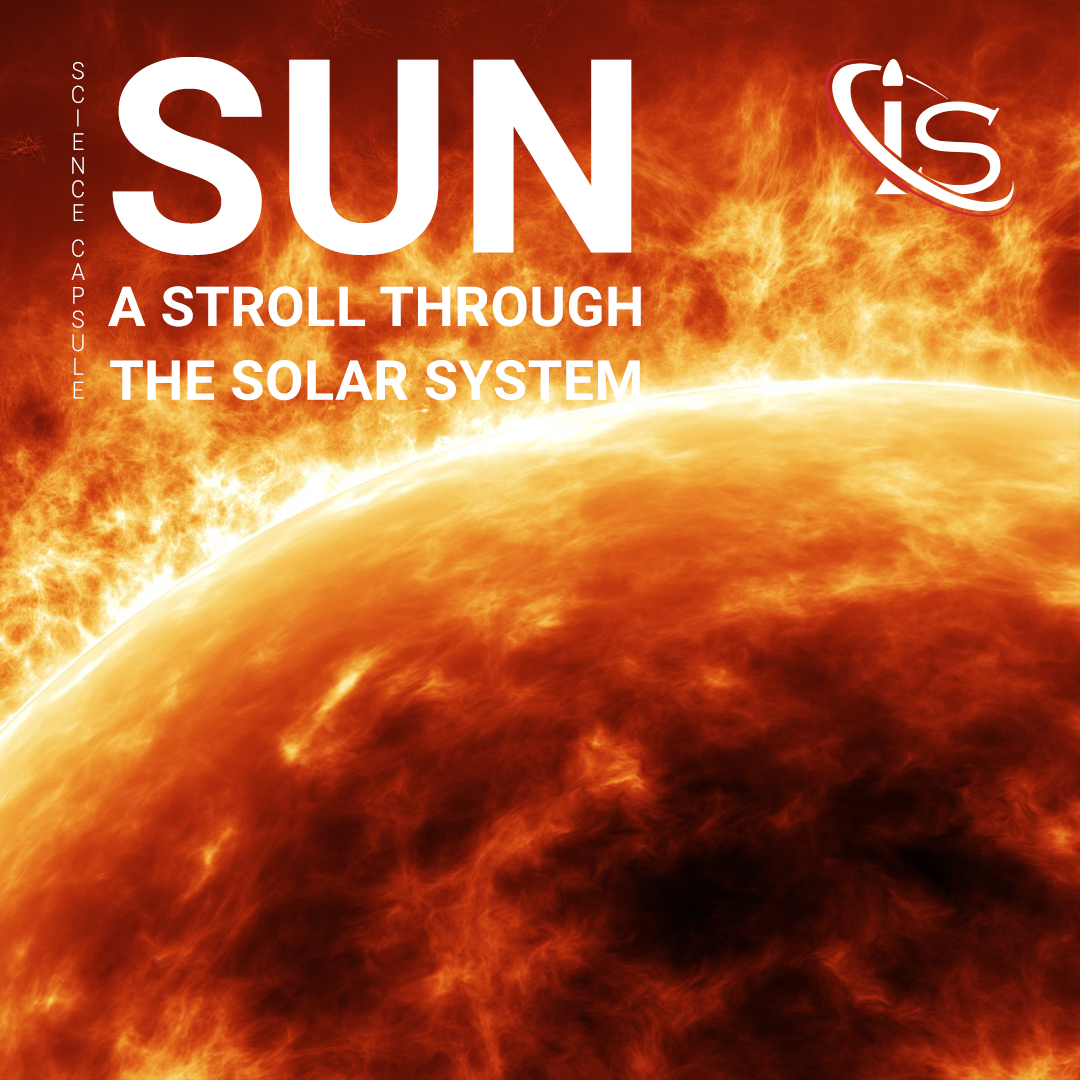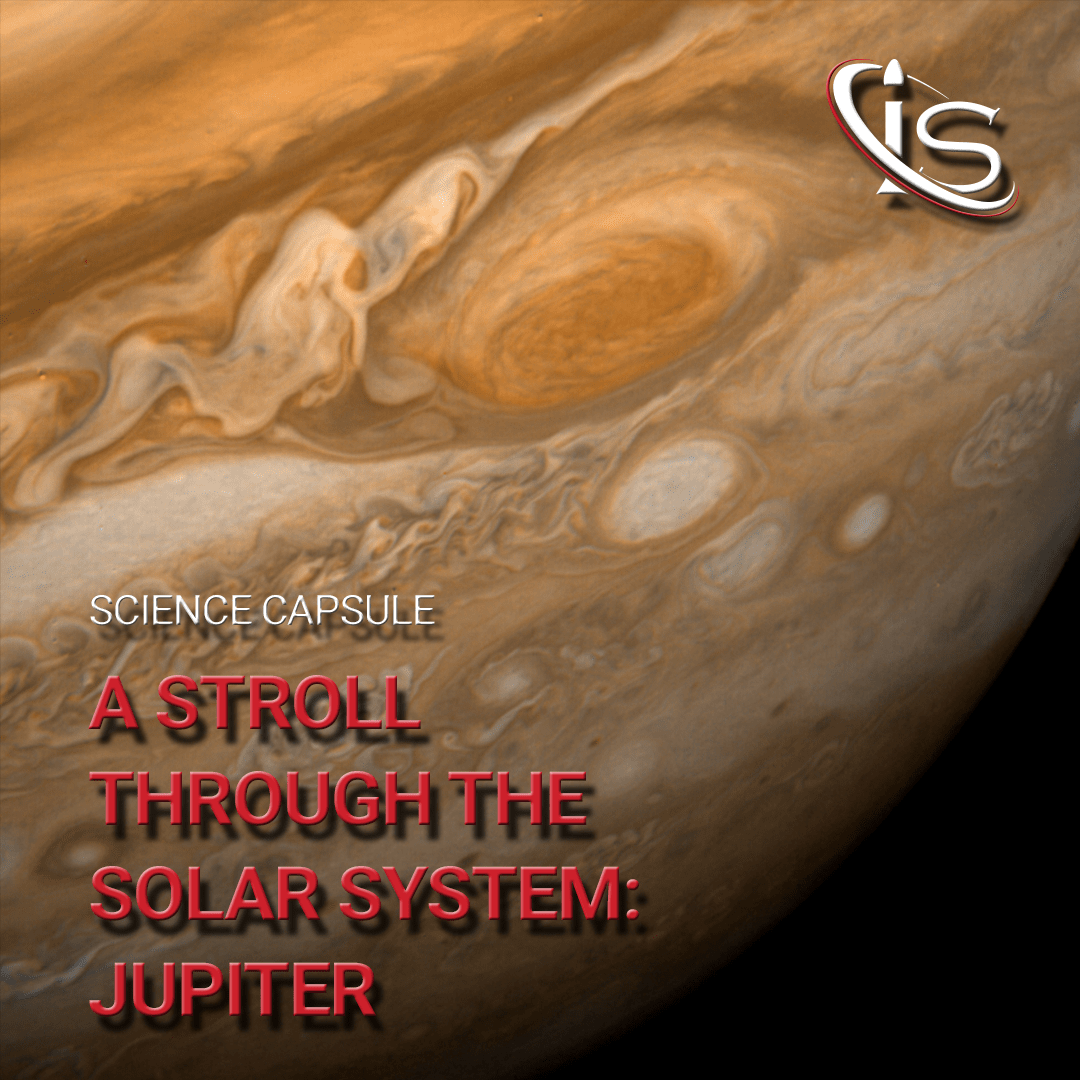Welcome back to another entry in everyone’s favorite solar system series. After discussing Pluto last month, it seems fitting to dive into the group of celestial objects the dwarf planet is a part of. Of course, anyone who read the previous stroll definitely, 100% remembers said group to be the Kuiper Belt. And anyone who did not read that knew the answer by simply reading the title. But I digress. These objects are the reason Pluto is no longer considered a planet. So, they better have something of note to talk about. And now, it is time to find out what that something is.
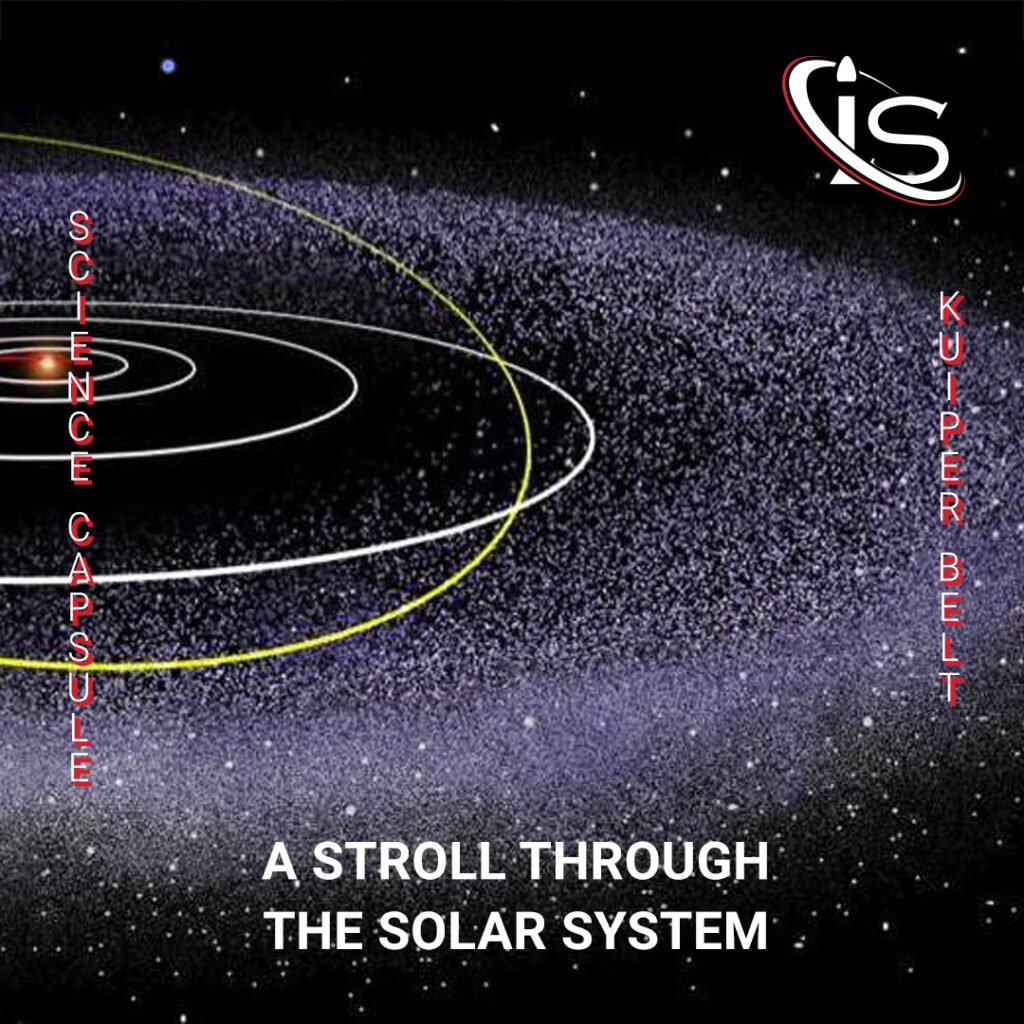
The Zones of the Solar System
This topic is actually more involved than one might think. Before really delving into the Kuiper Belt, itself, it is crucial to lay some background information. The first piece of which is that our Solar System is divided into three separate areas, or zones. The first two are the ones everyone is familiar with: the inner rocky planets and the outer gas giants. These have been the focus of many of our strolls, so I feel no need to go into too much detail, here.
The third zone, on the other hand, is what we are interested in, today. Made up of the Kuiper Belt and the Oort Cloud — a topic for another day — this is the area farthest from the Sun. It begins right on the edge of Neptune’s orbit, right around 30 AU from our star, and reaches as far as 10,000, if not 100,000 AU, from it. However, the Kuiper Belt, itself, “only” stretches from 30 to 1,000 AU. And only is in quotations because, not only is that still a massive distance, but it also makes it one of the absolute largest structures in the entire Solar System. To put this in perspective, some of the others include the heliosphere, Jupiter’s magnetosphere, and the Oort Cloud.
All About Neptune
Now that the size and distance of the Kuiper Belt have been established, it is time to discuss how it formed in the first place. And that has everything to do with the four gas giants of the Solar System. Neptune, in particular, is believed to have played — and to still play — a huge role in how this group formed and evolved.
Due to the massive size of these four planets, their gravitational pulls are believed to be the reason as to why our Solar System has so many smaller objects around. Debris that could have coalesced into a larger planet was, instead, never given that opportunity due to its proximity to the gas giants. However, that is not where these planets’ influence ends. The movement of Uranus and, particularly, Neptune from closer to the Sun to their current orbit appears to be a big reason as to why the Kuiper Belt formed where it did.
Neptune’s Journey
Because the two larger gas giants experienced an orbit shift, Neptune and Uranus were forced to venture farther out. By doing so, they also disturbed the orbits of some of the smaller objects around them. Since Neptune had the farthest orbit, as it moved away from the Sun, its gravity pulled these small, icy bodies closer to the star. At this point Jupiter’s gravity would slingshot these objects to one of two places. Either to the outer edges of the Solar System — where they eventually formed the Oort Cloud — or far enough to escape the pull of the Sun altogether.
Furthermore, sending these bodies sunward caused Neptune to shift its orbit even farther away. The result of this was the planet’s gravity sending any remaining icy objects into the present-day Kuiper Belt.
A Discrete Distribution
For anyone who is blessed with not having had to deal with discrete functions and systems, I envy you. However, this is an important concept to go over when it comes to the Kuiper Belt. Basically, a discrete function is one where only certain values are “allowed”. This is in direct contrast to a continuous one, which permits every value in a given interval. The details are not crucial here. However, if you are interested in how exactly this works, I recommend looking into it further. But do so at your own peril. Continuing to live in a simpler math world — that I sometimes crave to go back to — is just as valid.
In any case, the objects in the Kuiper Belt have been observed to be grouped in specific orbits. This means that their distribution is not even throughout this area of the Solar System. Therefore, the arrangement of the Kuiper Belt Objects (KBOs) can be divided into separate groups. These groups would be the equivalent of the values that are “allowed” in a discrete function. Of course, this is on a macroscopic scale, so the values in question are the range of orbit sizes and shapes for each KBO family.
KBO’s and Their Orbits
Classical KBOs
The first group of objects is called the Classical KBOs. The name refers to the celestial bodies whose orbits most closely resemble what scientists were expecting the Kuiper Belt to be like. Before this area of the Solar System was observed, the expectation for these objects was that their orbits would be circular and relatively flat to the plane of the planets (also known as the ecliptic). As we will see shortly, this did not turn out to be the case for all the KBOs. However, the ones whose orbits do exhibit these characteristics fall into the Classical family.
All these KBOs have a similar distance to the Sun, which ranges from 40 to 50 AU. Furthemore, these bodies can be divided into “hot” and “cold” subgroups. This subclassification has nothing to do with temperature. Instead, “hot” KBOs have more tilted and elliptical orbits, while “cold” ones have more circular and parallel to the ecliptic ones. Therefore, the range of distances from the Sun for the hot bodies will vary more than the range of their cold counterparts. Basically, the difference between their perihelion (closest distance to the Sun) and aphelion (farthest distance from the Sun) will be more marked.
The cause for these different orbits is the planet that put a lot of these objects here in the first place, Neptune. For the “cold” KBOs, their proximity to the gas giant is never that accentuated. This makes it so they are mostly unaffected by the planet’s gravity, leading to their orbits having less energy and being “cool”. Meanwhile, hot KBOs have interacted with Neptune’s gravity in the past. This provided their orbits with extra energy, rendering them “hot”, as well as more tilted and elliptical.
The Scattered Disk
Another major group of KBOs is the Scattered Disk region. This is located farther away from the Sun than the Classical group and is populated by objects with very elliptical and tilted orbits. The reason for these orbits is, once again, the way Neptune scattered these KBOs. Celestial bodies in this region can have orbits that are tilted as much as tens of degrees from the ecliptic.
These objects can go high (or low) above this plane and reach distances of hundreds of AU from the Sun. However, they will still have a perihelion where they are closest to Neptune’s orbit and more aligned with the plane of the planets. Due to their orbits’ shape, the KBOs in the scattered disk also provide a thicker and wider extent to the belt’s donut shape
Much like their classical counterparts, objects in this region are also believed to have been brought here by Neptune’s migration. The largest member of the Scattered Disk family is the dwarf planet Eris, which is similar in size to Pluto. However, that is a topic for another stroll. This way I will be able to further delve into the intricacies of the farther areas of the Kuiper Belt, without bogging this capsule down too much.
Resonant KBOs
The last of the major groups of KBOs is the Resonant one. This group refers to bodies whose orbits are in resonance with Neptune’s. We actually already treated this topic when discussing Jupiter’s Galilean moons. So, if you would like to learn more about orbital resonance, you can check out the stroll on Ganymede. For today’s topic all you need to know is that for a KBO to fall into this group it must complete an orbit around the Sun in some kind of repeating pattern with Neptune. In other words, the amount of time it takes for Neptune to complete some number of orbits will correspond to the time it takes these KBOs to complete a constant (not necessarily equal to Neptune’s) number of orbits.
These resonance patterns can be 1:1, 4:3, 3:2, and 2:1. The first number in these ratios always refers to the orbits completed by Neptune, while the second describes the ones completed by the KBO in the same amount of time. Pluto, for example, falls into this Resonant category, as it completes 2 orbits every time Neptune does 3. This places it into the 3:2 subdivision. A subdivision so large, in fact, that it has its own designation: the Plutinos. Of course, the name derives from the largest member of the Kuiper Belt, Pluto itself.
Other KBOs
There are two more groups of KBOs left to discuss. These make up a lot less of the Kuiper Belt than the previous families. However, they still have their own unique traits that are worth mentioning.
Centaurs
While this group may not be as numerous as some of the others, it most certainly has the best name. The centaurs have the defining feature of being objects that are closer to the Sun than the rest of the Kuiper Belt. In fact, their orbits place them between Jupiter and Neptune. This means that they are heavily impacted by the gravity of the surrounding gas giants. The end result of this interaction is that these objects will end up either being expelled from the Solar System or sent towards the inner parts of our galactic neighborhood. At that point, they will either turn into comets or crash into the Sun and planets.
Therefore, Centaurs are constantly disappearing in a process which takes around tens of millions of years for each one. This time frame has led scientists to deduce that having these KBOs around today implies they are still being added to this area by another location in the Solar System. The most likely explanation appears to be that they are scattered objects from the main part of the Kuiper Belt. This would make them similar to the ones found in the scattered disk. Although they, of course, have been sent closer to the Sun, as opposed to farther away.
Detached Objects
This group is basically what if the scattered disk was even farther from the Sun and had had no significant interactions with Neptune. The objects in this family never come near Neptune’s distance from our star, with their perihelions never being closer than 40 AU from the Sun. This is why scientists believe these bodies were not detached from the Kuiper Belt by the gas giant. Instead, one of the possibilities for how these objects got to their current location is a distant undiscovered giant planet. Alternatively, gravitational perturbations present during the forming of the Kuiper Belt or the gravity of nearby stars could also be responsible for the peculiar placement of these objects.
Their orbits also tend to be extremely elliptical. For example, the Detached KBO Sedna has a perihelion of 76 AU and an aphelion of 1200 AU.
Moons and Binaries
An interesting fact about the Kuiper Belt is that a lot of KBOs either have moons. For example, Pluto and Eris, two of the KBOs we discussed in this stroll, both have moons. Alternatively, if a KBO does not have a moon, it is likely in a binary system with another KBO. These binary objects are of similar sizes and orbit around a shared center of mass. Some of them can even be in direct contact with each other, giving them the name contact binaries.
One such example is the contact binary Arrokoth. This is also the most ancient and distant object that has ever been explored by a spacecraft. And being very old objects appears to be a common trait amongst the Kuiper Belt binaries. The reason for this is that the current conditions of the Kuiper Belt do not seem to support the formation of binary objects. In the past, however, it is possible that said conditions were met. Those conditions being a greater number of KBOs than present-day and more circular and less tilted orbits. These two factors could lead to the type of low-speed collisions needed for binary KBOs to form.
The Erosion of the Kuiper Belt
One more fun fact about the Kuiper Belt — although fun might not be the right word — is that it is slowly eroding away. Due to the remaining objects colliding with each other, the average size of the bodies that make it up is continuously diminishing. Not only that, but these collisions can also produce dust that gets blown out of the Solar System, entirely. This is due to the Solar Wind and is causing a reduction of the overall mass of the Kuiper Belt.
Furthermore, as we saw with the Centaur region, KBOs can also be sent closer to the Sun, turning them into comets and objects that will eventually crash into our star or the inner planets. In fact, most of the comets that are observed on Earth could be attributed to the Kuiper Belt. This is not the only place of origin for these objects, however. The Oort Cloud can also provide comets to the inner Solar System. But these will be will be reserved for the capsule on that region.
No Mythological Origins Here
That brings us to the end of yet another stroll. And this is also the beginning of the end for this series. I know, I wish this could go on forever as well. But alas, there are only so many objects and areas in the Solar System that we know enough about to cover an entire capsule. Fret not, however, as we still have a couple more left in store. The next one will cover Eris and will feature the return of the mythological origins section. Sadly, this capsule could not have that section. This is due to the Kuiper Belt’s naming origins being rather straightforward. This area is simply named after the astronomer Gerard Kuiper — the first person to theorize objects beyond Pluto.
In any case, this will do it for me here today. Stay tuned for next week’s capsule on how satellites facilitate internet access on boats. “See you” all then, right here, at impulso.space.

